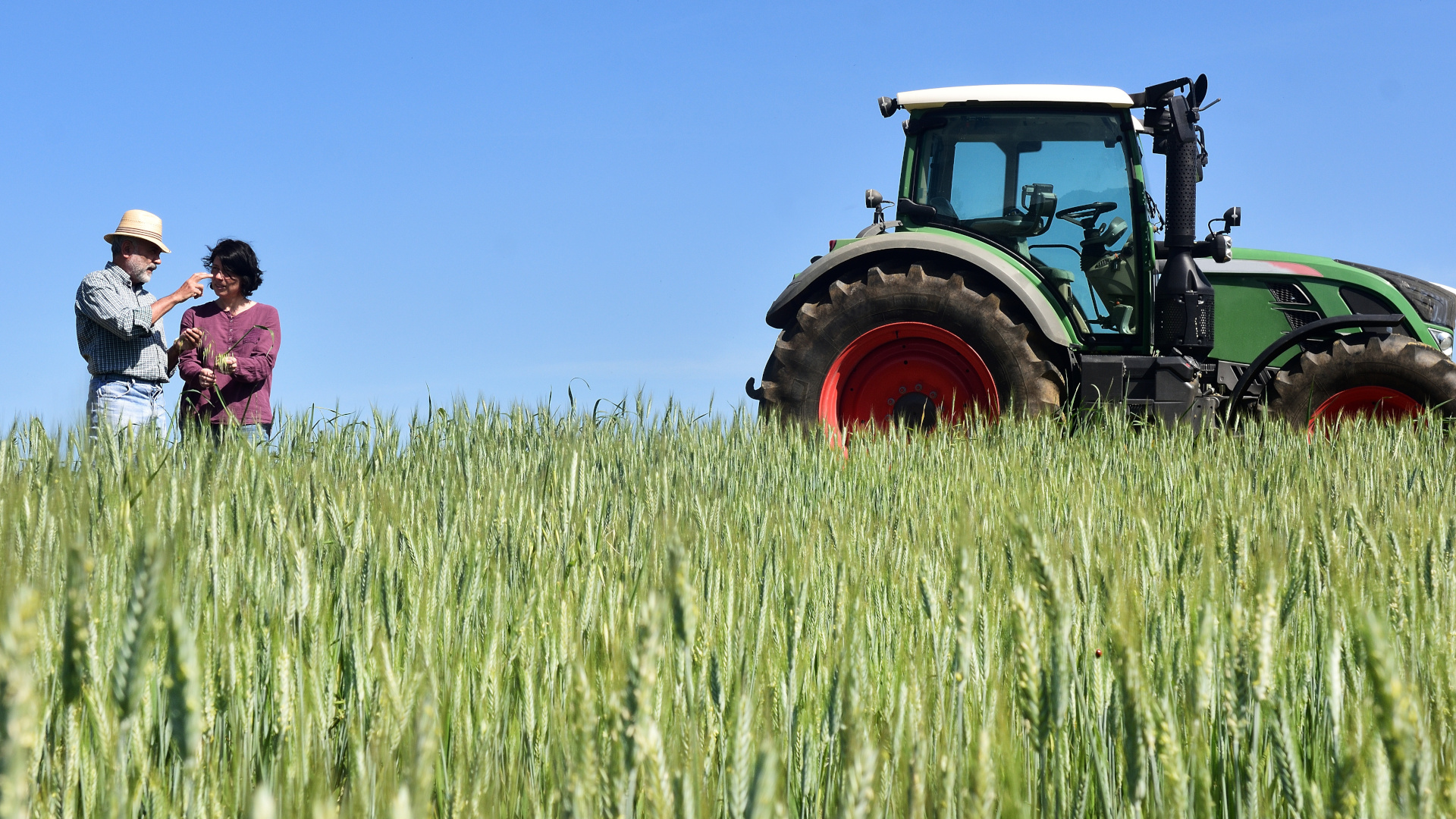Agrivoltaics more accepted by the population
Photovoltaics on agricultural land is more accepted by the population than solar installations on unused open land. This is the result of a survey conducted by the Rheinische Friedrich-Wilhelms-Universität Bonn.

Photovoltaic (PV) systems are no longer only installed on roofs, but also on farmland and grassland. A growing variant of this is agrivoltaics - the generation of solar power on agricultural land: solar panels between fruit trees, vines or cows. The study published in the journal Land Use Policy now shows that agrivoltaics are better accepted by the population than normal ground-mounted solar systems. This result is based on an online survey of almost 2,000 people from Germany.
Study design and results
In the survey, participants were shown pairs of images of agricultural land - such as pasture, arable land or vineyards - once with and once without integrated solar panels. The image pairs were compared with images of classic solar parks in the same landscape. ‘On the one hand, we asked the participants how they assessed the impact on the respective landscape, i.e. how attractive or unattractive they found the areas shown or how they rated their recreational value,’ explains Hendrik Zeddies, one of the initiators of the study. They were also asked whether they would pay a surcharge for the electricity generated on the respective area or alternatively spend money to prevent the construction of a solar park at this location.
Regardless of the scenario shown, the results show a higher level of acceptance for agrivoltaics. 44 % of respondents would be prepared to pay a surcharge for electricity, compared to only 29 % for conventional solar parks. 2.9 % would actively oppose agrivoltaics, while 4.8 % would oppose conventional parks. Although photovoltaics were generally perceived as disruptive to the landscape, the interference caused by agrivoltaics was rated lower.
Fewer conflicts with renewable energies
The authors of the study emphasise that this is a hypothetical survey. Nevertheless, the combination of energy and food production could represent an opportunity to accelerate the expansion of environmentally friendly energies without causing social conflicts or jeopardising food security. According to Zeddies, however, this would require subsidies, as the costs of agri-PV systems are higher and the electricity yields lower.
lh


